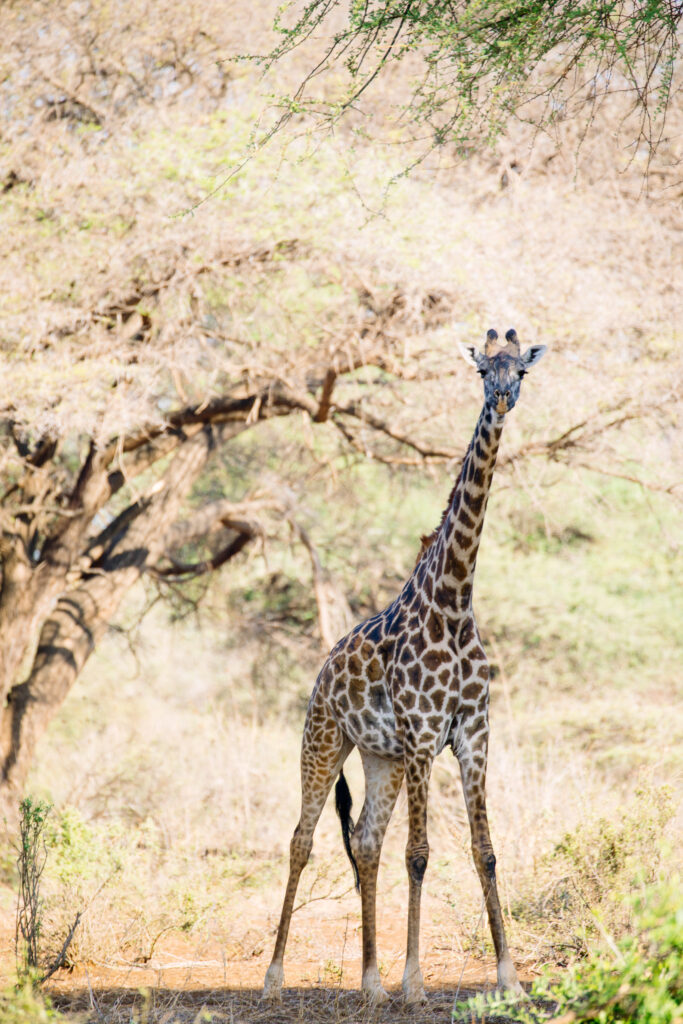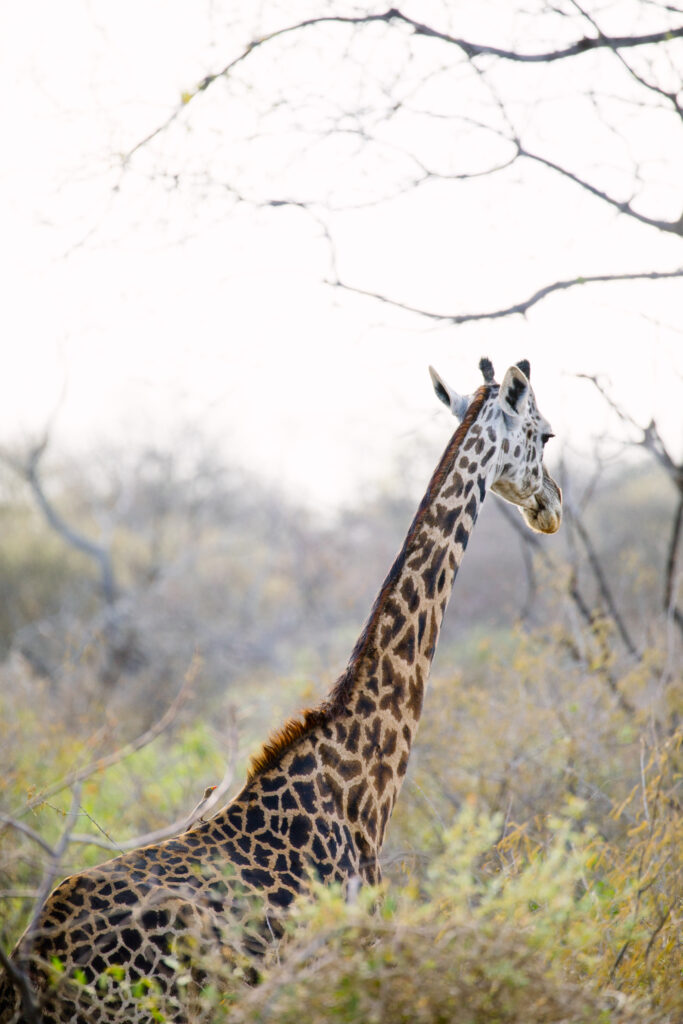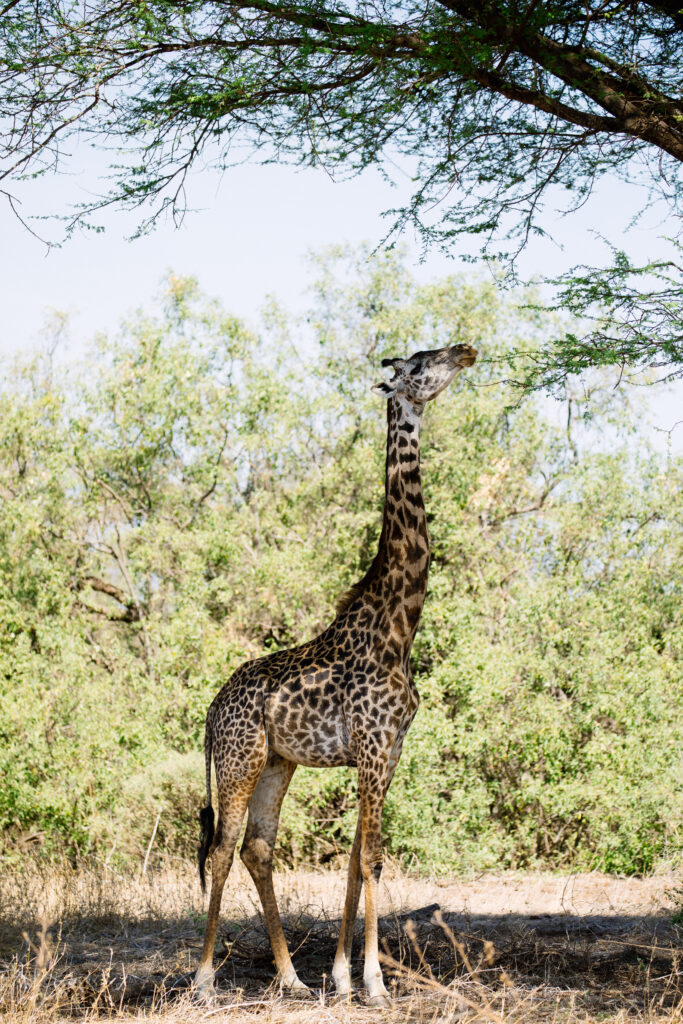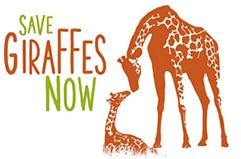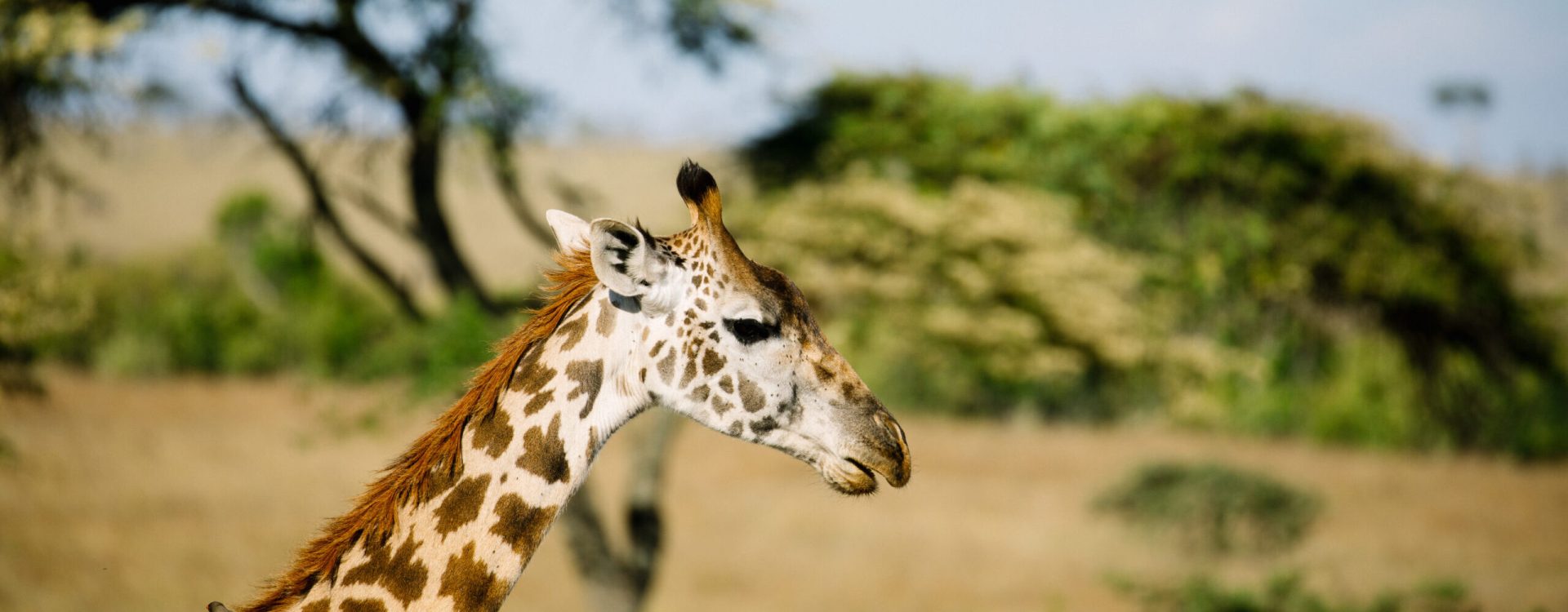
Counting Endangered Giraffe
from Space
Maasai Mara, Kenya
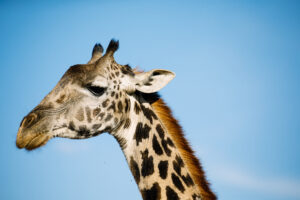
In order to protect and conserve giraffe, we need to know three basic things: How many giraffe there are, where they are, and how they move and occupy places in different seasons! This information is vital to on-the-ground conservation efforts, including anti-poaching activities and community-led population surveys. Without this information, such efforts operate in the blind and are less effective.
Currently, to count the number of giraffe in the wild and determine where these animals are located, expensive and often inefficient aerial or ground-based surveys are conducted. Because of these factors, surveys are only conducted once every several years, with analyses taking months or even years before they can be provided to conservation managers.
To solve this problem, Save Giraffes Now has partnered with researchers at the Smithsonian Conservation Biology Institute (SCBI), the University of Glasgow, Microsoft AI for Good, and others on an exciting and innovative conservation research project. In Fall 2021, ground and aerial counts will be coordinated with the collection of high resolution satellite imagery (<50 cm) of sections of the famous Maasai Mara ecosystem in southern Kenya. Using Artificial Intelligence (AI), the ground-truth data will be used to automatically detect and count large mammals, including giraffe, in the satellite images. If it works, results have the potential to be available to conservationists and anti-poaching units in days or weeks, instead of months or years!
Developing the AI to identify giraffe and other wildlife in satellite imagery is expected to be time consuming. However, there is great potential that this methodology, once developed, as it could be essential for other priority areas in Africa that have giraffe but may be unable to be surveyed due to being too remote or insecure. Using satellite images would greatly increase our ability to monitor populations changes in these areas. It may also decrease the need to attach tracking units to giraffe too. This has the potential to be a game changer for giraffe conservation, and in getting this vital information into the hands of those that need it most on the front lines.
Help us in harnessing this technology for this incredible and ambitious research project, that is literally out-of-this world! Please join us, and donate NOW to support research that will allow us to better defend and protect giraffe across the continent. 100% of your donation goes to on-the-ground conservation work in Africa.
LOCATION
PARTNERS

